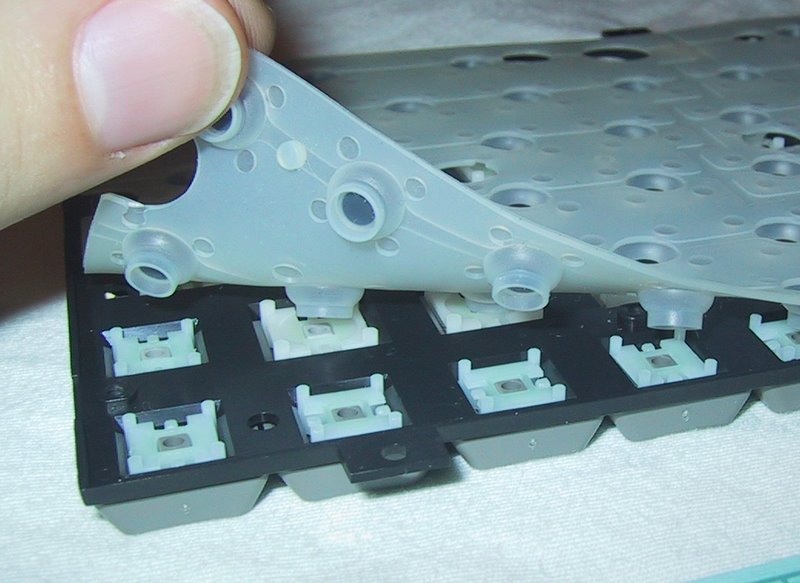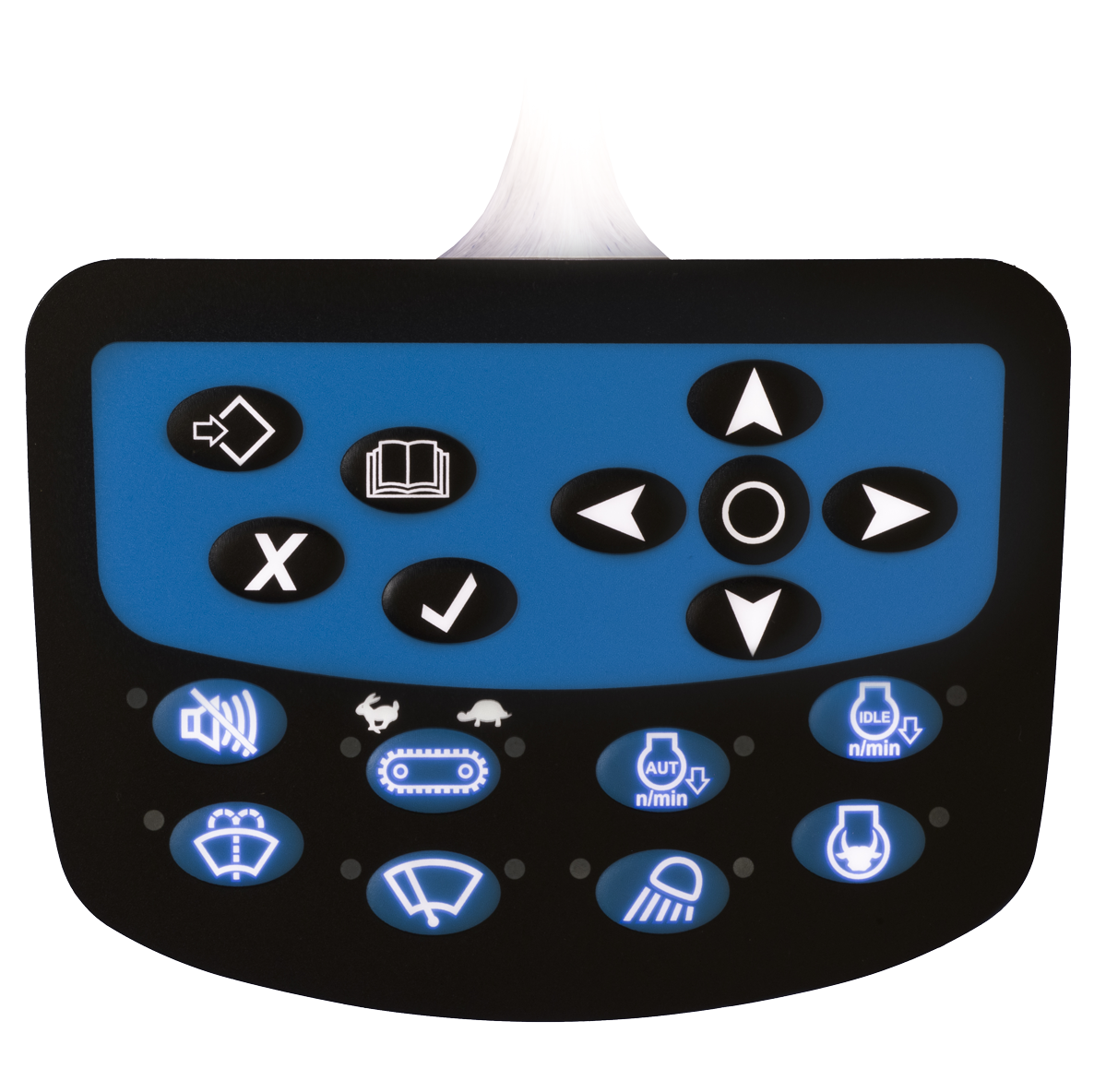Why Membrane Layer Switches Over Are Crucial for Resilient Control Systems
Membrane buttons play a crucial duty in ensuring the durability and dependability of control systems across various markets. As we explore the multifaceted benefits of membrane switches, it becomes obvious that their value goes beyond plain functionality, influencing user experience and functional performance.
Introduction of Membrane Layer Buttons
Membrane buttons are functional and trusted parts typically utilized in different digital control systems. These buttons contain several layers, consisting of a visuals overlay, a spacer layer, and a published circuit layer. The visuals overlay offers both useful and aesthetic layout, while the spacer layer guarantees that the switches are turned on only when pressed. The printed circuit layer has conductive traces that complete an electric circuit when the membrane is pressed, allowing the gadget to reply to customer inputs.
Membrane layer buttons are typically favored in applications needing a small and lightweight style, making them optimal for portable tools, clinical tools, and commercial equipment. They can be customized to satisfy certain user requirements and can include various attributes such as backlighting, responsive comments, and numerous shades. Membrane switches are immune to dirt, moisture, and contaminants, making them suitable for environments where longevity is necessary.
Benefits of Toughness
In many applications, the longevity of membrane layer switches over deals substantial advantages that enhance their general performance and integrity. These switches are made to hold up against harsh environments, making them excellent for usage popular conditions such as high moisture, extreme temperature levels, and direct exposure to chemicals. Their durable building aids to stop damage from physical impact, ensuring lasting functionality and decreasing the demand for frequent substitutes.
Additionally, membrane switches are resistant to put on and tear, which is crucial in applications where constant communication happens. This toughness converts to reduce upkeep expenses, as companies benefit from reduced downtime and fewer service disruptions. Furthermore, the encapsulated style of membrane layer switches over shields inner parts from dust and dampness ingress, more adding to their lifespan.
Another advantage is their capability to keep consistent performance gradually. With a high resistance for mechanical tension, these buttons maintain their responsive feedback and electric stability, guaranteeing individual satisfaction. Inevitably, the sturdiness of membrane layer changes not just improves operational performance yet additionally cultivates self-confidence in their dependability, making them a preferred option for control systems throughout different fields.
Applications in Various Industries
Long lasting control systems using membrane switches discover comprehensive applications throughout a series of markets, each taking advantage of the distinct features these switches offer. In the medical sector, membrane switches are critical for gadgets such as patient monitors and analysis devices, where integrity and simplicity of cleaning are critical. Their resistance to moisture and contaminants guarantees they preserve performance in sterile environments.
The automotive sector leverages membrane layer switches for control panel controls and infotainment systems, where they offer streamlined, inconspicuous interfaces that enhance individual experience. These buttons are also made to endure severe conditions, including direct exposure to extreme temperature levels and resonances.
In commercial settings, membrane layer buttons are commonly utilized in machinery control board, providing tactile feedback and longevity needed for high-usage applications. Their ability to resist chemicals makes them ideal for manufacturing environments where spills and impurities are constant.

Consumer electronic devices, such as cooking area home appliances and push-button controls, likewise utilize membrane buttons for visit their website their adaptability and cost-effectiveness. On the whole, the versatility and robust nature of membrane layer switches over make them vital across different try here markets, ensuring effective procedure and longevity in control systems.
Design and Aesthetic Allure
While functionality is paramount, the style and aesthetic charm of control systems outfitted with membrane buttons play an important function in individual interaction and overall experience (membrane switch). The aesthetic design of these switches can considerably influence customer perception and communication. A well-designed membrane switch improves the good looks of the gadget, making it a lot more appealing to users and promoting a link between the user and the item
Membrane layer switches supply a large amount of adaptability in style, allowing manufacturers to tailor graphics, colors, and appearances to line up with brand identification and product looks. Using lively colors and unique patterns can draw attention, while responsive responses can strengthen the user's communication with the tool. Furthermore, the ability to incorporate LED indications and backlighting into the membrane layer switch style supplies both useful and aesthetic benefits, boosting exposure and use in numerous environments.

Enhancing Customer Experience

Additionally, membrane buttons can be customized to include visual interfaces, enhancing functionality by offering information in a clear and instinctive manner (membrane switch). This customization can consist of symbols, tags, and shade coding that overview users with complex capabilities effortlessly. Furthermore, their adaptability enables combination in different atmospheres, guaranteeing regular performance whether in industrial machinery or consumer electronics
The toughness of membrane buttons also plays a crucial function in user experience. By enduring rough problems and expanded usage, these buttons decrease the likelihood of system failings, hence promoting integrity and individual confidence. Inevitably, the strategic use membrane layer switches not only elevates capability but likewise considerably enhances customer communication with control systems, making them an important component in modern-day design.
Conclusion
